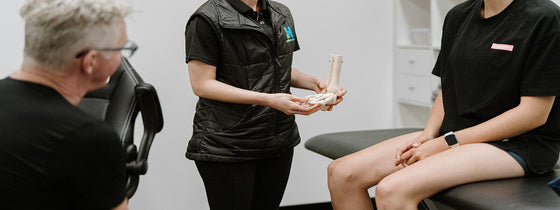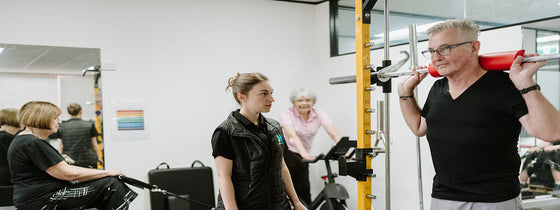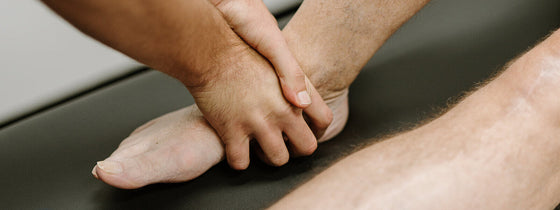What is Relative Energy Deficiency Syndrome?
Relative Energy Deficiency Syndrome (RED-S) occurs when athletes consume insufficient calories to meet the energy demands of their training and daily activities. This condition can affect athletes of all genders and levels, leading to impaired physiological functions, including metabolic rate, menstrual function, bone health, immunity, and cardiovascular health.
RED-S is primarily caused by low energy availability (LEA), where the energy intake is inadequate to support the energy expenditure required for health and performance. This can be intentional, due to restrictive eating habits, or unintentional, due to a lack of awareness about nutritional needs (check out this blog on nutrition and hydration from our Dietitian to learn more about this space). LEA leads to the body prioritizing essential functions, resulting in compromised health and performance.
Common Symptoms
Athletes with RED-S may experience a range of symptoms, including:
Nutritional Assessment
A comprehensive nutritional assessment is crucial for diagnosing and managing RED-S. This assessment with our in-house Dietitian typically includes:
Rehabilitation: From Acute to End Stage
Rehabilitation for RED-S involves a multidisciplinary approach between a Dietitian, a Sports Physician/ GP and Physiotherapist, progressing through different stages:
Initial Stage
Mid Stage
End Stage
Summary
Relative Energy Deficiency Syndrome is a serious condition that requires a comprehensive rehabilitation plan involving nutritional intervention, medical evaluation, and structured training led by an experienced Physiotherapist. By addressing the underlying causes and following a phased rehabilitation approach, athletes can recover effectively and return to their sport with reduced risk of re-injury. If you suspect you have RED-S, consult your OHL physiotherapist ASAP (and/or you can start with a local sports doctor) to develop a personalized rehabilitation program tailored to your needs. Call us today on 9431 5955 or you can book online anytime via our website.

If you're experiencing back or neck pain with neurological signs and symptoms, a thorough neurological examination is crucial for accurate assessment and effective treatment. In this Optimal Tip learn more about what we mean by completing a neurological exam!

Squats, deadlifts, and calf raises are key movement patterns that should be part of every strength and conditioning program—regardless of age and activity level. These functional movements support joint health, improve posture and balance, and reduce the risk of injury while building strength where it matters most.

A ganglion cyst is a fluid-filled swelling that typically forms over a joint or tendon sheath, causing discomfort and pain, especially when pressing against nerves or joints. Proper assessment and treatment, including physiotherapy, are essential for managing symptoms and improving function in the presence of a ganglion in your hand, foot, or wrist.